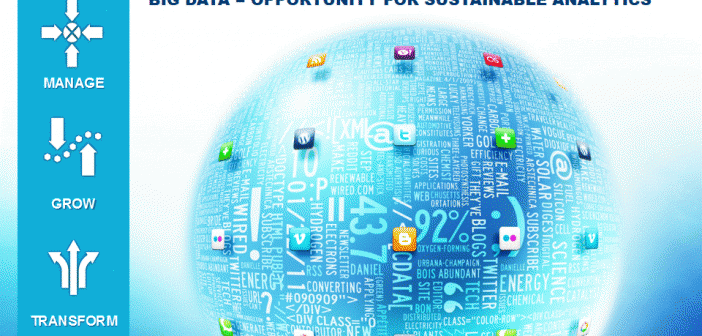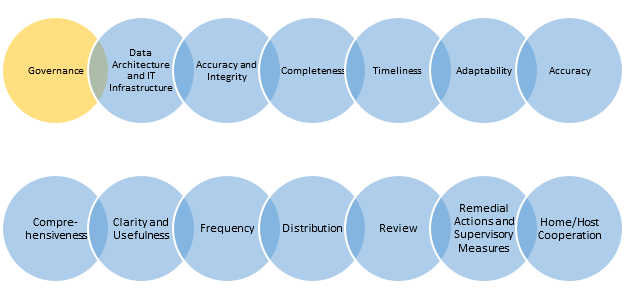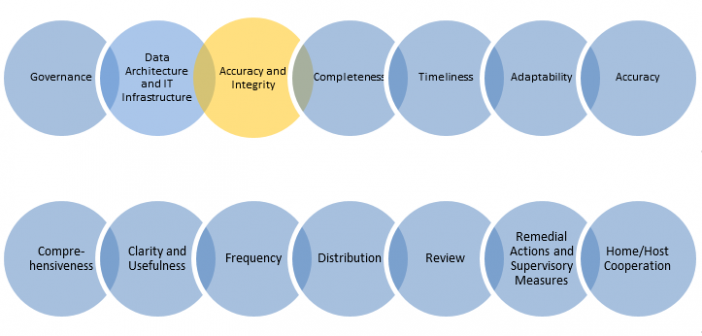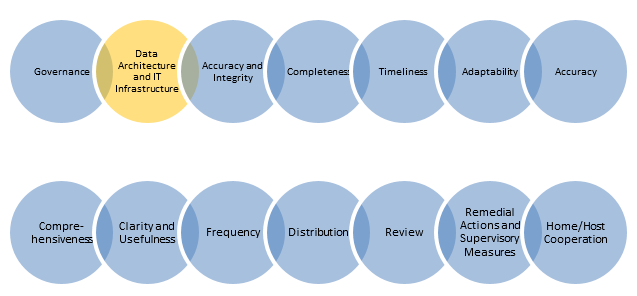
I led an analytical culture track at the SAS Global Forum Executive Conference last month in Washington, DC. I talked with leaders in fields as diverse as healthcare, chemical manufacturing and government. Although these organizations have very different operating models, their challenges, comments and questions were similar. They all recognized















